Editor’s note: This blog was originally published in 2020. It has since been updated for accuracy and to reflect modern practices.
There’s no denying that social media plays an invaluable role in the modern consumer purchasing process. Facebook alone boasts over 2.9 billion active monthly users, making it the biggest social network worldwide and, therefore, one of the most valuable paid advertising platforms out there.
However, it’s only as valuable as your ability to use it.
Facebook advertising has undergone a plethora of changes over the past few years, especially in the post-iOS-14.5 era. Today, digital marketing teams face a seemingly uphill battle to produce a continuous return on ad spend from an ever-shrinking audience.
And that’s why the right strategy is more important than ever.
Today, we’ll walk you through the three factors that you can control when it comes to your Facebook ads campaigns. Integrate them into your strategy today to start seeing the results you desire.
How to Run Successful Facebook Ads
Time and time again, our paid social advertising team sees three factors influence the ultimate success of a Facebook campaign:
- Good creative and ad copy
- Audiences built on a strong foundation of awareness, engagement, and acquisition
- Clean pixel data
Below, we’ll discuss each in more detail and provide actionable tips for your business.
1. Good Creative & Ad Copy
In short, good creative can make or break your campaign.
As marketers, we all can pull similar levers in terms of audience targeting, bidding strategies, and so on. This means the only lever unique to each marketer is the creative control of what the users see in their news feeds, making it imperative to have good creative.
But what does that even mean?
- The ad must be aesthetically pleasing. Specifically, any images must be high-quality. The design should also be aligned with the brand and eye-catching enough to stop a user during mindless scrolling.
- The ad must be clear about the product/service it sells or the brand that it promotes. Place your product and brand at the forefront of the ad; be sure that nothing in the background detracts from the product you want to feature.
- The ad must have a clear call to action (CTA). You’ve got your customers’ attention; now what do you want them to do? Send them to your desired landing page and direct their intent to a specific and profitable action (like “Shop Now!”).
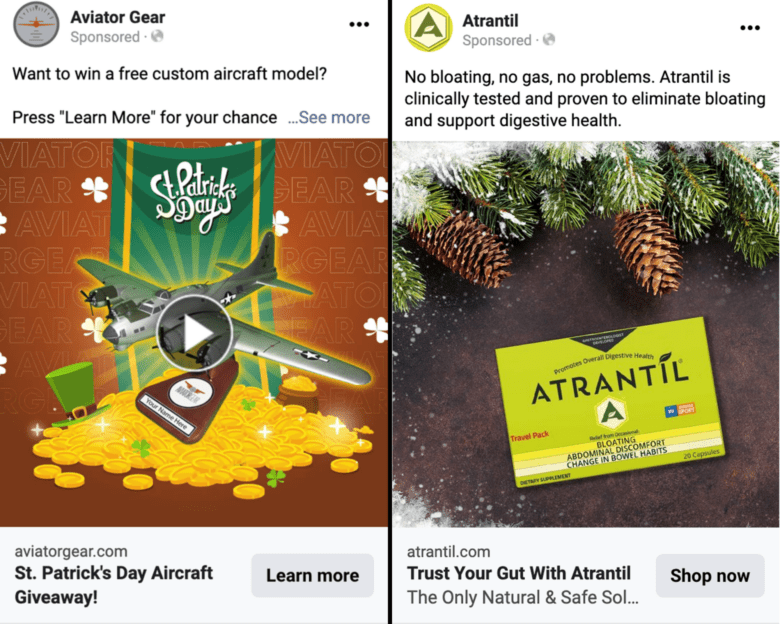
Once the creative passes your design team’s standard, take the vote to the people!
Continuously testing ad creative is one of the best things you can do for your campaign’s success. Aim for two to three different ad types in each ad set, including at least one video ad and one single-image ad. (Carousel ads, while declining in popularity, are another option to consider.)
Even though an audience may be similar in terms of interests, behaviors, and demographics, each user is going to have their own response to creative. Some may respond more favorably to a static image, while others may respond better to a video. The more options you give Facebook to serve the right ad, the more likely you’ll find success.
When you’re ready, launch your campaign and observe which ad performs best based on the goals and KPIs you’ve set. Then, take a deeper look at the winning ad.
In this case, let’s say the video was the best Facebook ad in the set. Maybe you’ll want to run another ad with the same video but a different call to action. Maybe you’re wondering whether “Sign Up!” will generate more leads than the original “Subscribe!”
There’s only one way to find out: keep testing and watch engagement grow.
How to Identify Ad Fatigue
The “perfect ad” is not the end goal but rather an endlessly moving target.
Many American consumers are on Facebook every day, making them easy candidates for ad fatigue. The more a user sees the same creative, the less they tend to notice it — or even worse, the ads will become irritating to the viewer, which creates a negative brand association.
Identify potential ad fatigue by using Facebook’s Inspection Tool and reviewing two important metrics.
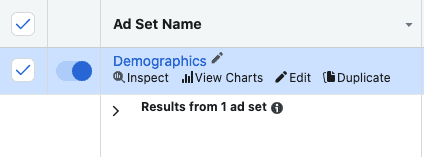
First-time impression ratio is a great place to start identifying ad fatigue. This metric measures the percentage of Facebook users who have seen your ad more than once.
As a rule of thumb, if your campaign is around a 67% first-time impression ratio and your cost per acquisition (CPA) continues to meet acquisition targets, then you are in the clear; a majority of your ads are still being shown to a new audience.
On the other hand, if your impression ratio is dipping below the 67% mark, it may be time to refresh your campaign or target a new audience.
Similarly, ad frequency (the number of times an individual sees your ad) can also help you identify viewer fatigue. However, a “good” frequency target means different things for different campaigns.
For a prospecting campaign, frequency should be less than two. Prospecting these new audiences (also called your “cold audiences”) can be tough. There’s a thin line between raising brand awareness and causing brand exhaustion, so aim for a low frequency and focus on the volume reached.
For a retargeting campaign, this number can vary greatly depending on your industry’s purchasing cycle. For example, some products are expensive and involve greater consideration and time before purchase. These products often benefit from a consistent, gentle nudging down the sales funnel. However, for products that sell quickly, repeated ads can lead to dreaded ad fatigue.
One way to combat this: Ensure there are proper exclusions in place. If the ad set is targeting an “AddToCart” audience, be sure to exclude recent purchasers, so you’re not sending ads to people who have already bought your product.
(Wondering where your company falls in this spectrum? Develop a hypothesis for the ideal frequency response and test it!)
Let’s look at an example:
In this campaign, we’re prospecting with demographic-based ad targeting. Therefore, we’re shooting for a frequency under two.
As the chart shows, we are currently at 1.66, so we’re in the clear.

However, in this example, the first-time impression ratio is under that 67% threshold. This would be an indicator to the account manager to either refresh the campaign’s creative or target a new audience.
How to Fix Ad Fatigue
If you have identified areas of ad fatigue, it’s time to change your creative and/or ad copy — but do so with caution.
If the ad set is already out of the learning phase, changing the creative will constitute a significant change and thrust the ad set back into the learning phase. This can lead to less stable performance that has little to do with the new ads.
In these situations, we recommend duplicating the ad set and adding the new copy in there instead. (Don’t forget to update the UTM codes!)
2. Audiences
The next factor in your Facebook Ads success: your audience.
It’s always important to understand your customer base. You have potentially limitless targeting options to help you build audiences — but, rather than listing all the possible variants out for you, we’ll share a strategy that has reliably been a success here at Inflow: lookalike audiences.
Here’s how it works:
- Start by taking your most relevant seed audiences — for example, a list of previous purchasers, recent cart abandoners, and so forth — and creating a look-alike audience at 1%.
- Continue to build look-alike audiences until you have five ad groups, one for each percentage level (1%–5%).
- At each percentage level, be sure to exclude the look-alike audience below it. This serves two functions:
- First, it ensures the audiences do not overlap.
- Second, it ensures each resulting audience will be roughly the same size. (This is essential if you are utilizing a budget optimization strategy at the campaign level.)
Building look-alikes in this way is extremely effective for finding users who may be interested in your product but are currently unaware of the brand.
The 1% ad group will be the audience most alike to your initial seed audiences. They may share similar political views or are of the same age, gender, location, etc.
Each percentage level up will stray further and further from the initial audience demographics.
While the 1% ad group tends to be a consistently valuable ad group for conversion rates, each additional percentage level is also relevant because it prospects into who your audience might be. This type of prospecting will help you understand your audience on a broader scale and realize areas of untapped potential.
Don’t forget: After the initial setup and launch, it’s important to closely monitor performance. Watch your best performers and optimize accordingly!
Let’s look at another example:
As you can see below, the 1% ad group in this campaign has a strong return on ad spend (ROAS) of 4.86. However, both the 2% and the 5% ad groups have a higher ROAS while also maintaining a lower cost per purchase!
(The 4% ad group was paused before this snapshot because its performance was trailing behind the others.)
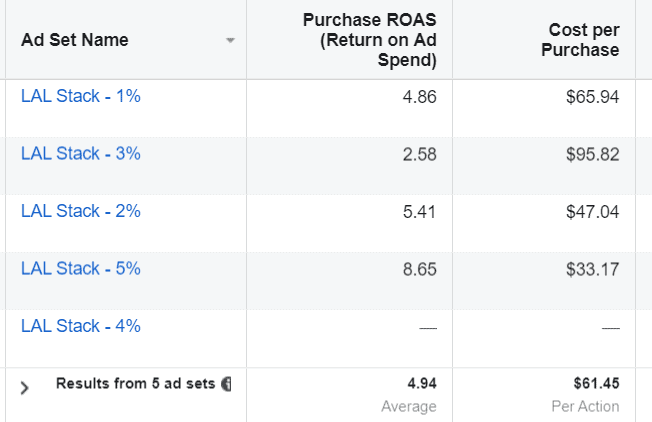
A Final Note on Audiences:
But, how do you know when to break out target audiences and when to combine them?
For this answer, take a look at the auction overlap metric. Auction overlap is an excellent in-platform tool that tells you what percentage of your campaigns are competing against each other.
We typically recommend aiming for under 10% overlap. If your audiences are above this threshold, it may be time to merge. This metric can be found in the same “Inspect” feature described above.
In the following example, the auction overlap percentage is 0%. This means that there is no significant auction overlap between this ad set and any other in the campaign, which is great news!
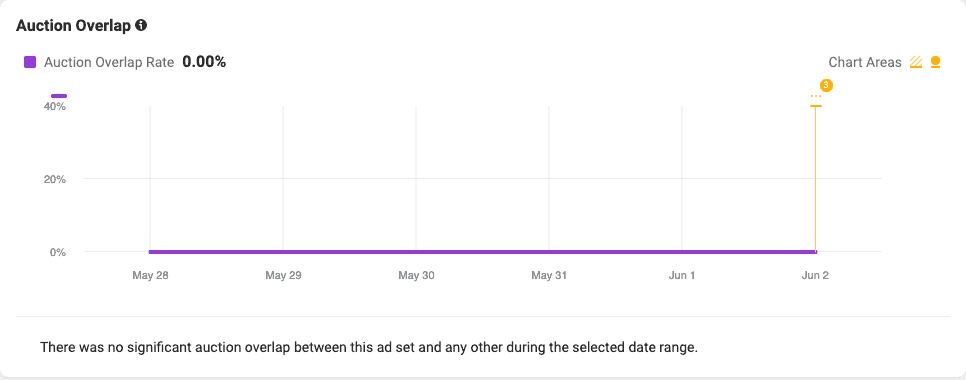
3. Clean Pixel Data
The quality of Facebook automation has improved considerably in recent years. If you’re not using the data from your pixel tracking, you’re missing out on huge opportunities.
By optimizing for conversion events based on your pixel data, you can more effectively target more potential customers. However, automation is only as strong as the quality of the data provided.
In other words, it’s difficult to ace the test if you’re given the wrong study guide.
Consider this scenario: An eCommerce retailer is optimizing for a purchase event in a Facebook campaign. The purchase event, however, is firing when a user adds an item to the cart in addition to when a purchase goes through.
This completely skews the data, weakens the strength of the conversion event, and creates false metrics for reporting — causing potential performance issues as well as the inability to diagnose said issues.
Our recommendation: Test the Facebook pixel on your site to ensure that all events are firing and tracking correctly. (Google Chrome has a great extension to test this.)
Adjust Your Strategies for Better Results Today
Facebook advertising is a tremendous tool to reach consumers — but only if you’re using it correctly.
If your Facebook ads are failing to deliver the results you desire, start with the three factors mentioned in this piece. By adjusting your creative, refining your custom audiences, and using your pixel data, you can create more effective campaigns to drive brand awareness, conversions, and sales for your online business.
Still struggling to deliver results? It may be time for an expert’s help. Contact Inflow today for a free proposal for your eCommerce business. We’ll take your existing success and compound it for the growth your brand deserves, using a custom digital marketing strategy built just for you.
In the meantime, check out our other helpful Facebook marketing guides:



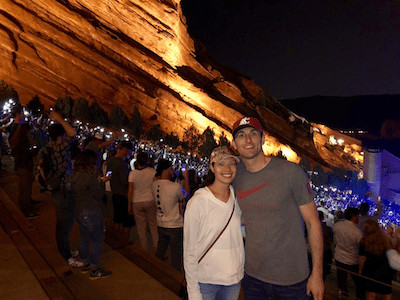
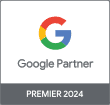






0 Comments